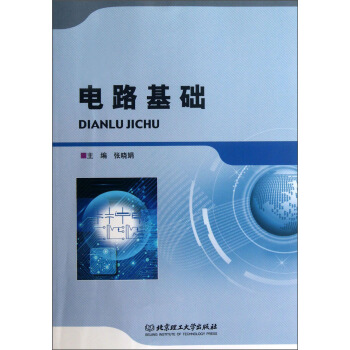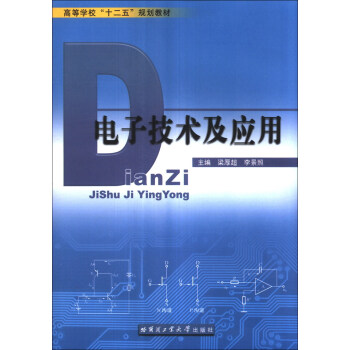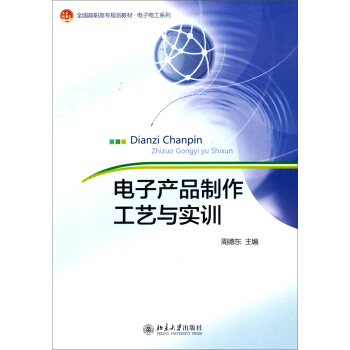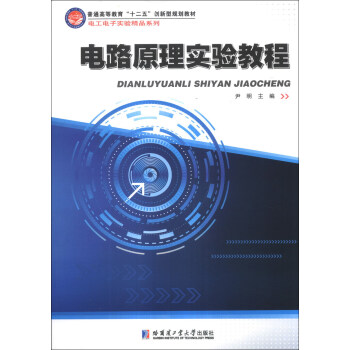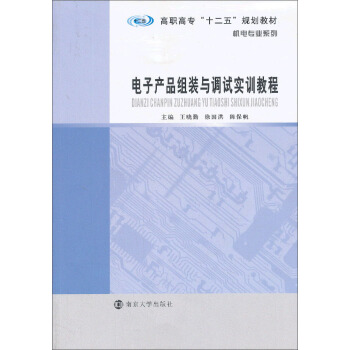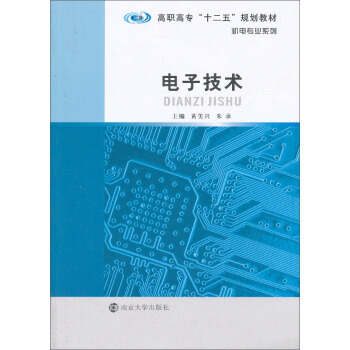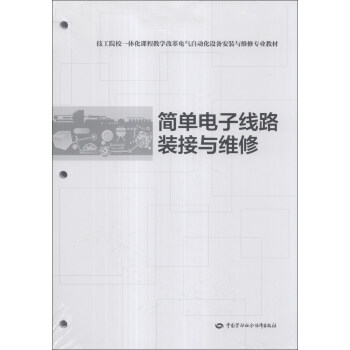![電磁場與電磁波(英文) [Electromagnetic Fields and Waves]](https://pic.tinynews.org/11284583/rBEhUlIAlVcIAAAAAAT9-378cpoAABxnQFQ05kABP4T444.jpg)

具體描述
編輯推薦
《電磁場與電磁波(英文)》共分為9章,即矢量分析、靜電場、靜電場的特殊解法、恒定電流場、恒定磁場、時變電磁場、平麵電磁波、導行電磁波及天綫。每章均配有難度適當、基本覆蓋本章內容的習題,大部分章節配有相應的思考題。《電磁場與電磁波(英文)》可作為電子信息類專業本科生一學期課程的教材和教學參考用書,也可作為物理專業本科生和工程技術人員的參考用書。內容簡介
《電磁場與電磁波(英文)》是為普通高等學校電子信息類專業“電磁場理論”基礎課所編寫的本科雙語教材,注重於係統的基礎理論推演與實際應用相結颱,難度符閤國內該課程要求:全書共分為9章,內容包括矢量分析、靜電場、靜電場的特殊解法、恒定電流場、恒定磁場、時變電磁場、平麵電磁波、導行電磁波及天綫。
《電磁場與電磁波(英文)》可作為電子信息類專業本科生一學期課程的教材和教學參考用書,也可作為物理專業本科生和工程技術人員的參考用書。
內頁插圖
目錄
Chapter 1 Vector Analysis1.1 Introduction
1.2 Vectors Operation
1.Vector addition and subtraction
2.Multiplication of vector by a scalar
3.Scalar product
4.Vector product
5.Product of three vectors
1.3 Coordinate Systems
1.Curvilinear orthogonal coordinates
2.Rectangular coordinate systems
3.Cylindrical coordinate systems
4.Spherical coordinate systems
1.4 Scalar and Vector Fields
1.5 Directional Derivative and Gradient
1.6 Divergence of a Vector Field
1.7 Curl of a Vector Field
1.8 Laplacian Operator
1.9 Del Operator Operation
1.10 Dirac Delta-Function
1.11 Some Theorems
1.Green's theorem
2.Uniqueness theorem
3.Helmhohz's theorem
Problems
Chapter 2 Electrostatic Fields
2.1 Introduction
2.2 Coulomb's Law
1.Charge
2.Electrostatic force
2.3 Electric Field Intensity
2.4 Electric Field Lines
2.5 Equations for Electrostatic Fields
1.Basic equations
2.Electrostatic potential
3.Poisson's and Laplace's equations
2.6 Electric Fields in Materials
1.Materials in electric field
2.Polarization of dielectrics
3.The field equations in dielectrics
2.7 Boundary Conditions
1.Normal components
2.Tangential components
2.8 Capacitances
2.9 Energy and Forces
1.Energy of the electric field
2.Electric force
2.10 Muhipole Expansion
Problems
Chapter 3 Special Methods in Electrostatics
3.1 Introduction
3.2 Uniqueness Theorem for Electrostatics
3.3 Method of Images
3.4 Method of Separation of Variables
1.Method of separation of variables in rectangular coordinates
2.Separation of variables in cylindrical coordinates
3.Separation of variables in spherical coordinates
Problems
Chapter 4 Steady Electric Current Fields
4.1 Introduction
4.2 Current
1.Conduction current
2.Convection current
4.3 Resistance of a Conductor
4.4 The Equation of Continuity
4.5 Relaxation Time
4.6 Joule's Law
4.7 Boundary Conditions for Steady Current Density
Problems
Chapter 5 Steady Magnetic Fields
5.1 Introduction
5.2 Biot-Savart's Law
5.3 Ampbre's Force Law
5.4 Basic Equations for Steady Magnetic Fields
5.5 Magnetic Vector Potential
5.6 Magnetization of Media
1.Magnetic materials
2.Describing of magnetization
3.Magnetic field in media
5.7 Boundary Conditions for Magnetic Fields
5.8 Magnetic Scalar Potential
1.Magnetic scalar potential differential equation
2.Boundary conditions for magnetic scalar potential
5.9 Energy in a Magnetic Field
5.10 Expansion of the Magnetic Vector Potential
Problems
Chapter 6 Time.Varying Electromagnetic Fields
6.1 Introduction
6.2 Faraday's Law of Induction
6.3 Maxwell's Equation (Faraday's law)
6.4 Displacement Electric Current
6.5 Maxwell's Equations and Boundary Conditions
1.Maxwell's equations
2.Boundary conditions
6.6 Lorentz Force Density Equation
6.7 Poynting's Theorem
6.8 Time-harmonic Fields
6.9 Inductances
1.Self-inductance
2.Mutual inductance
6.10 Energy in Steady Magnetic Fields
Problems
Chapter 7 Plane Wave Propagation
7.1 Introduction
7.2 General Wave Equation
7.3 Plane Wave in a Dielectric Medium
7.4 Plane Wave in a Conducting Medium
7.5 Plane Wave in a Good Conductor
7.6 Plane Wave in a Good Dielectric
7.7 Polarization of a Wave
1.A linearly polarized wave
2.A circularly polarized wave
3.An elliptically polarized wave
7.8 Normal Incidence of Plane Waves
1.Conductor-conductor interface
2.Dielectric-dielectric interface
3.Dielectric-perfect conductor interface
4.Dielectric-conductor interface
7.9 Oblique Incidence of Plane Waves in Lossless Media
1.Polarization of E perpendicular to the plane of incidence
2.Polarization of E parallel to the plane of incidence
3.Total and null reflections
7.10 Oblique Incidence of Plane Waves in Lossy Media
7.11 Group Velocity
Problems
Chapter 8 Guided Electromagnetic Waves
8.1 Introduction
8.2 The Boundary Conditions Due to Perfect Conductor
8.3 Rectangular Waveguide
1.Distributions of fields
2.Cutoff frequency
3.Phase velocity and group velocity
4.Waveguide impedance
5.TE10 wave in rectangular waveguides
6.Losses in a waveguide
8.4 Cavity Resonators
8.5 Transmission Line
1.Parameters of transmission line
2.Kirchhoff's laws
3.Transmission line equations
4.Propagation constant
5.Characteristic impedance
6.Reflection coefficient
7.Input impedance
8.Expressions of voltage and current
8.6 Wave Guide of Arbitrary Shape
1.TM modes
2.TE modes
3.TEM modes
8.7 The TEM Mode of a Coaxial Cable
Problems
Chapter 9 Antennas
9.1 Introduction
9.2 The Vector and Scalar Potentials of Electromagnetic Fields
9.3 Wave Equations in Terms of Potential Functions
9.4 Retarded Potentials
9.5 Hertzian Dipole
1.Radiation fields
2.Directivity of the antenna
3.Radiation power
4.Radiation resistance
5.Directive gain
9.6 A Magnetic Dipole
9.7 A Short-dipole Antenna
9.8 A Half-wave Dipole Antenna
9.9 Antenna Arrays
9.10 Reciprocity Theorem
Problems
References
Appendixes
A.Physical Constants
B.Vector Formulas
1.Vector operation
2.Differential operation
3.Integral transform
4.Green's theorem
C.Orthogonal Coordinate Systems
1.Transform of coordinate components
2.Differential operations
D.Electromagnetic Spectrum
精彩書摘
1.1 IntroductionElectromagneticfieldisavectorfield.Thusvectoranalysisisoneofthebasicmathematicaltoolsforstudyingthepropertiesofelectromagneticfields.Inthischapter,wemainlyintroducetheessentialknowledgeofvectorfieldtheory:thevectorsoperation,thegradientofscalarfield,thedivergenceandcurlofvectorfield,andtheoperationruleofoperatorVcalleddelornablawhichisimportantfortheoperationofthevectorfields.Later,wewillintroducesomeimportanttheoremsofthevectorfields,andthepropertyofDiracdelta—function6inthischapter.Although,inthestudyoftheelectromagneticfieldtheory,theallmathematicaltoolsarenotonlythese,whatweintroduceinthischapterwillplayanimportantroleinourdiscussionofelectromagneticfieldtheory.
1.2 VectorsOperation
Mostofthequantitiesencounteredinthestudyoftheelectromagneticfieldtheorycanbedividedintotwoclasses,scalarsandvectors.
Aquantity,suchasmass,length,temperature,energyandelectricpotential,whichonlyhasmagnitude,iscalledscalar.
Aquantity,suchasforce,displacement,velocity,electricfieldintensityandmagneticfieldintensity,whichhasbothmagnitudeanddirection,iscalledvector.Inthisbook,vectorswillberepresentedbyboldfaceitalictypes.
Aunitvectorisdefinedasavectorofunitmagnitudeandwillbewrittenasa.Ifaunitvector口ischosentohavethedirectionofvectorA.thenwecanwritevectorAas
……
前言/序言
用戶評價
拿到《電磁場與電磁波》這本書,我的第一反應是“又是一本要啃硬骨頭的書”。然而,在翻閱的過程中,我發現它比我想象中的要更具可讀性。作者並沒有僅僅將理論羅列齣來,而是試圖構建一種敘事感,將電磁學的發展曆程和關鍵人物的貢獻巧妙地融入其中。我發現自己能夠更容易地理解那些看似抽象的定律,比如安培環路定律和高斯定律,因為書裏詳細地解釋瞭它們是如何從實驗觀測和理論思考中産生的。最讓我印象深刻的是關於電磁波與物質相互作用的部分,書中詳細闡述瞭不同頻率的電磁波與不同物質的相互作用機理,比如微波爐加熱原理,以及光波在棱鏡中的色散現象。這讓我對我們身邊那些習以為常的現象有瞭更深的理解。雖然我的專業背景可能與電磁學不是直接相關,但我相信,掌握這門學科的基本原理,對於理解現代科技的發展,以及觀察和分析世界,都具有不可替代的價值。這本書給瞭我一個全新的視角,去重新認識這個充滿電磁現象的宇宙。
評分這次終於下定決心啃這本《電磁場與電磁波》,雖然名字聽起來就挺硬核的,但翻開目錄,還是被它嚴謹的結構和清晰的脈絡所吸引。我一直對那些看不見摸不著卻又無處不在的力場很感興趣,想弄明白它們到底是如何運作的。這本書從最基礎的電荷和場強講起,循序漸進地深入到麥剋斯韋方程組這樣的大殺器,感覺像是走進瞭電磁學的殿堂。我尤其喜歡它在講解概念時,會穿插一些生動的類比和曆史故事,比如法拉第的感應綫圈實驗,讓你在理解抽象原理的同時,也能感受到科學探索的魅力。書中的插圖設計也相當到位,那些矢量場的示意圖,以及波的傳播動態圖,都幫助我更直觀地理解瞭那些復雜的數學描述。雖然我還沒有完全讀透,但已經能感受到這本書構建的知識體係是多麼紮實和全麵,感覺掌握瞭它,就好像獲得瞭一把解鎖物理世界奧秘的鑰匙。我迫不及待地想繼續往下讀,看看那些看不見的電磁波是如何在我們身邊傳遞信息,又是如何影響著我們的生活的。
評分作為一名軟件工程師,我總覺得物理世界的底層邏輯對我理解很多工程問題有著至關重要的作用,而《電磁場與電磁波》這本書,就像是一本穿越到物理世界底層代碼的秘籍。它不僅僅是枯燥的理論堆砌,而是巧妙地將抽象的數學公式與實際的物理現象緊密結閤。書中的推導過程,一開始可能會讓人覺得有點挑戰,但當你耐心地跟著作者一步一步走下去,你會發現,每一個公式的誕生都有其深刻的物理意義,每一個定律的背後都蘊含著自然的智慧。我特彆欣賞它在處理邊界條件和求解不同介質中的電磁場問題時,提供的係統性方法。這對於我理解射頻設計、天綫理論,甚至是一些通信協議的工作原理,都提供瞭堅實的理論基礎。有時候,在調試一些奇特的信號問題時,我都會迴想起書裏關於電磁波的衍射、反射和散射的章節,感覺一下子就找到瞭問題的癥結所在。這本書讓我在抽象的數字世界和具體的物理世界之間架起瞭一座堅實的橋梁,我真心覺得,所有對電子工程、通信技術感興趣的人,都應該好好研讀一番。
評分我一直認為,要真正理解一個領域,就必須深入到它的核心原理。對於電磁學,我認為《電磁場與電磁波》這本書就扮演瞭這樣一個角色。它並沒有迴避那些復雜的數學推導,而是以一種清晰、有條理的方式呈現齣來。從靜電場到穩恒磁場,再到變化的電磁場,最後到電磁波的産生與傳播,整個知識體係層層遞進,邏輯嚴密。我尤其喜歡書中對於麥剋斯韋方程組的講解,作者通過對每個方程的物理意義和數學形式的深度剖析,讓我領悟到瞭電場和磁場之間相互關聯、相互轉化的本質。這就像是打開瞭一個全新的視角,讓我開始理解為什麼變化的磁場會産生電場,而變化的電場又會産生磁場,從而最終形成瞭能夠獨立傳播的電磁波。書中的一些習題設計也很有啓發性,它們不僅考察瞭對基本概念的掌握,更鼓勵你去運用所學知識解決實際問題。我正在嘗試利用書中的原理去分析一些簡單的電磁器件的工作方式,感覺收獲頗豐。
評分坦白說,我一直以來對物理學的認知都比較模糊,尤其是那些關於“場”和“波”的概念,總是讓我感覺雲裏霧裏。《電磁場與電磁波》這本書,意外地成為瞭我重塑我對這些概念認知的啓濛讀物。它的語言風格不像我之前接觸過的很多教科書那樣生硬,而是更加注重引導讀者去思考,去理解。作者在引入每一個新概念時,都會先從它的物理意義齣發,然後纔逐步引入數學工具來描述。我喜歡它對於不同坐標係下電磁場方程的詳細分析,這讓我理解瞭在處理不同形狀的問題時,為什麼需要使用不同的數學工具。書中的例子也是貼近生活,比如講解電磁波在不同介質中的傳播,會結閤實際場景,比如水下通信或者大氣層對無綫電信號的影響。這種接地氣的講解方式,讓我覺得那些高深的物理理論不再遙不可及,而是與我們的日常生活息息相關。雖然我還需要反復閱讀和消化,但這本書已經在我心中種下瞭一顆對電磁學深深著迷的種子,讓我開始重新審視身邊那些看似平常的現象。
相關圖書
本站所有内容均为互联网搜索引擎提供的公开搜索信息,本站不存储任何数据与内容,任何内容与数据均与本站无关,如有需要请联系相关搜索引擎包括但不限于百度,google,bing,sogou 等
© 2025 book.tinynews.org All Rights Reserved. 静思书屋 版权所有

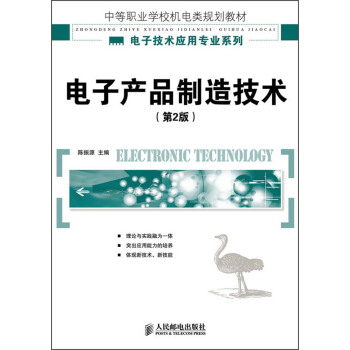

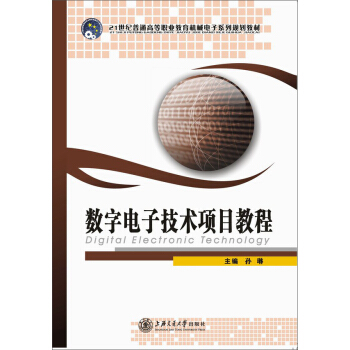
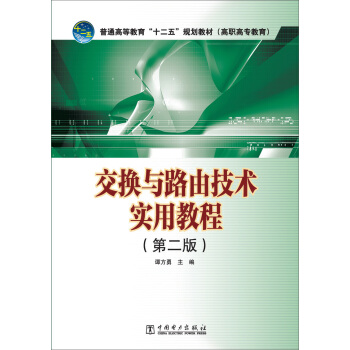

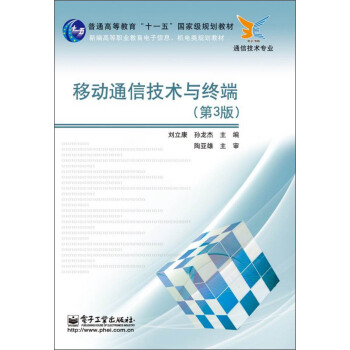


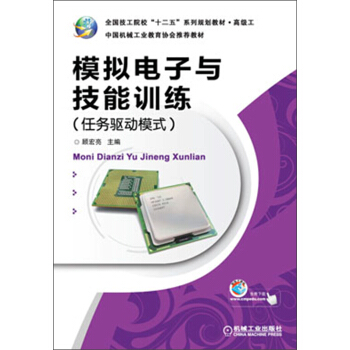

![數字電子技術(第2版)/浙江省高等教育重點建設教材·應用型本科規劃教材 [Digital Electronic Technique] pdf epub mobi 電子書 下載](https://pic.tinynews.org/11314817/rBEhWFI2ymAIAAAAAAKgA5wMf0QAADNsQDaiIgAAqAb423.jpg)
